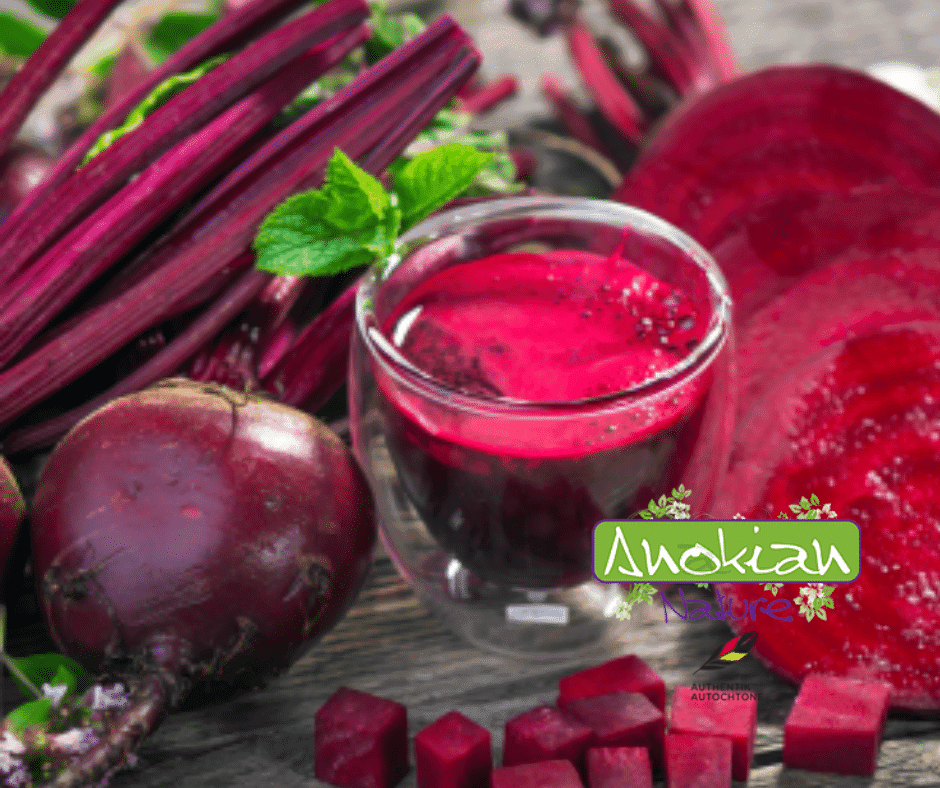Skip to product information










Seed | Bull's Blood Beet
$3.99 CAD
Quantity
Grow Bull's Blood beets with dark purple leaves and blood-red roots. This heirloom variety offers a double harvest: tender young leaves for salads and sweet roots when ripe.